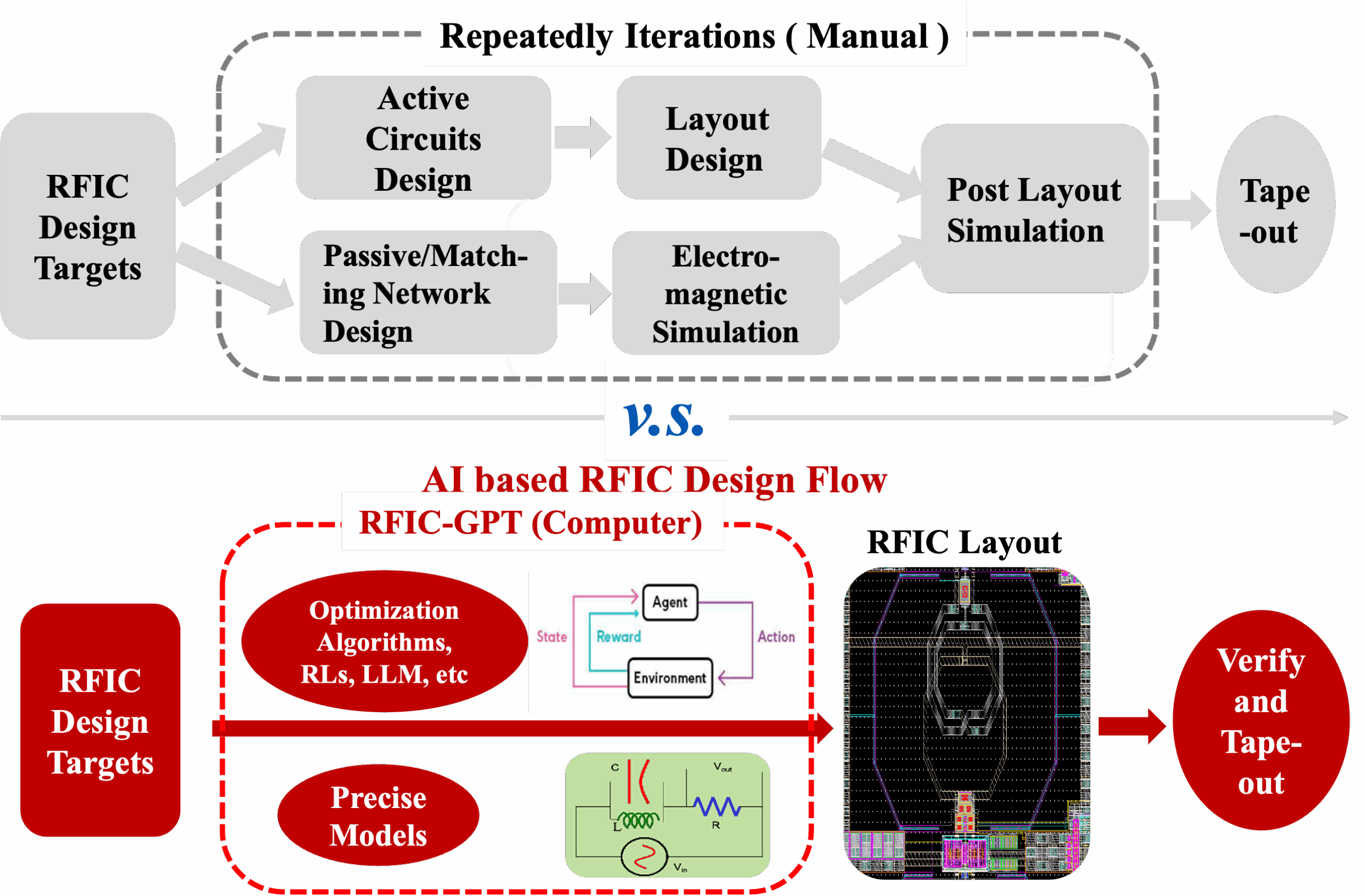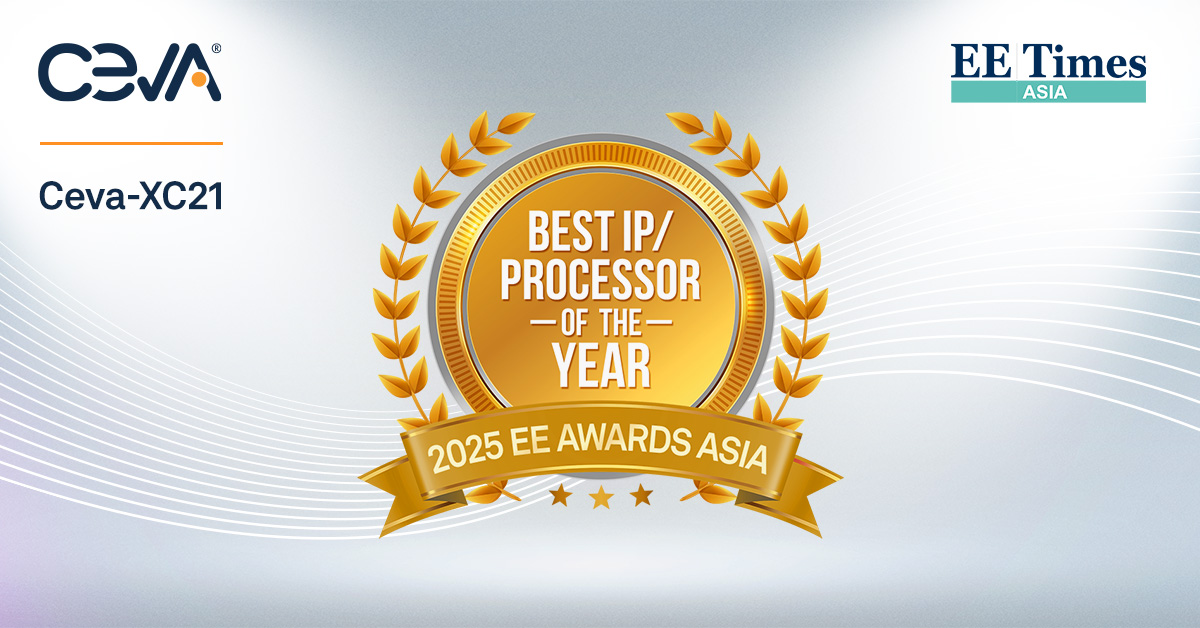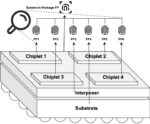Dan is joined by Dr. Emre Ozer, Senior Director of Processor Development at Pragmatic Semiconductor. With 67 worldwide patents, and over 60 peer-reviewed publications to his name, he has extensive experience in CPU microarchitecture with particular expertise in performance modelling, fault tolerant CPUs, embedded machine… Read More
Dan is joined by Ciaran Whyte, one of the founding members of IC Mask Design. As Chief Technical Officer he is responsible for all technical activity and the development and administration of all training courses. Cíaran has been training layout engineers for over 25 years and has completed layout training with over 600 engineers… Read More
Previously, Dr. Carter served as Chief Commercial Officer at Foxconn Interconnect and Oclaro. At Oclaro, he served as a member of the senior executive team from July 2014 to December 2018, when it was acquired by Lumentum Holdings for $1.85B. Prior to that, he served as the Senior Director and General Manager of the Transceiver… Read More
I’ve been working with AMIQ EDA for several years, and have frequently been impressed by new capabilities in their Design and Verification Tools Integrated Development Environment (DVT IDE) family. They just announced AI Assistant, which leverages large language model (LLM) technology. LLMs are much in the news these days,… Read More
Post-Quantum Cryptography, or PQC provides a technical approach to protect encrypted data and connections when quantum computers can cost-effectively defeat current approaches. Exactly when this will occur is open to much discussion, but the fact is this day is coming, some say in ten years. One of the imperatives is to deploy… Read More
As semiconductor technology advances and nodes continue to shrink, designers are faced with increasing challenges related to device complexity, power consumption, and reliability. The delicate balance between high performance, low power usage, and long-term reliability is more critical than ever. This growing demand … Read More
LLMs have amazing capabilities but inference run times grow rapidly with the size of the input (prompt) sequence, a significant weakness for some applications in engineering. State space models (SSMs) aim to correct this weakness. Paul Cunningham (GM, Verification at Cadence), Raúl Camposano (Silicon Catalyst, entrepreneur,… Read More
In the quest to secure the authenticity and ownership of advanced integrated circuit (IC) packages, a novel approach has been introduced in this paper that capitalizes on the inherent physical discrepancies within these components. This method, distinct from traditional strategies like physical unclonable functions (PUFs)… Read More
Dan is joined by Andy Nightingale, VP of product management and marketing at Arteris. Andy has over 37 years of experience in the high-tech industry, including 23 years in various engineering and product management positions at Arm.
Dan explores with Andy the significance of the recently announced tiling capabilities and extended… Read More














The Quantum Threat: Why Industrial Control Systems Must Be Ready and How PQShield Is Leading the Defense